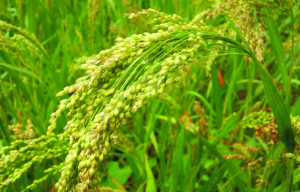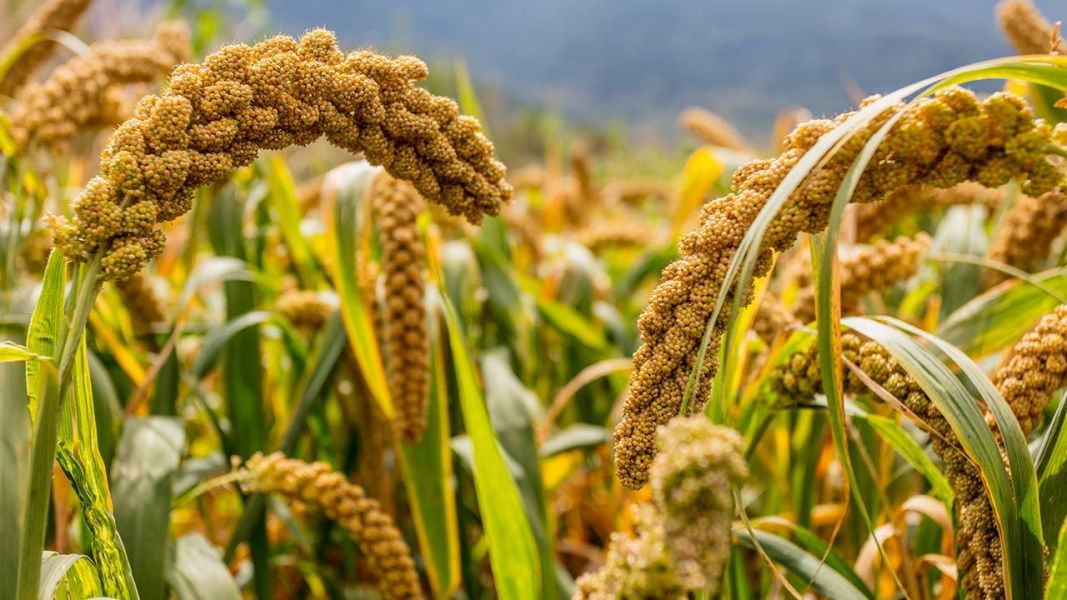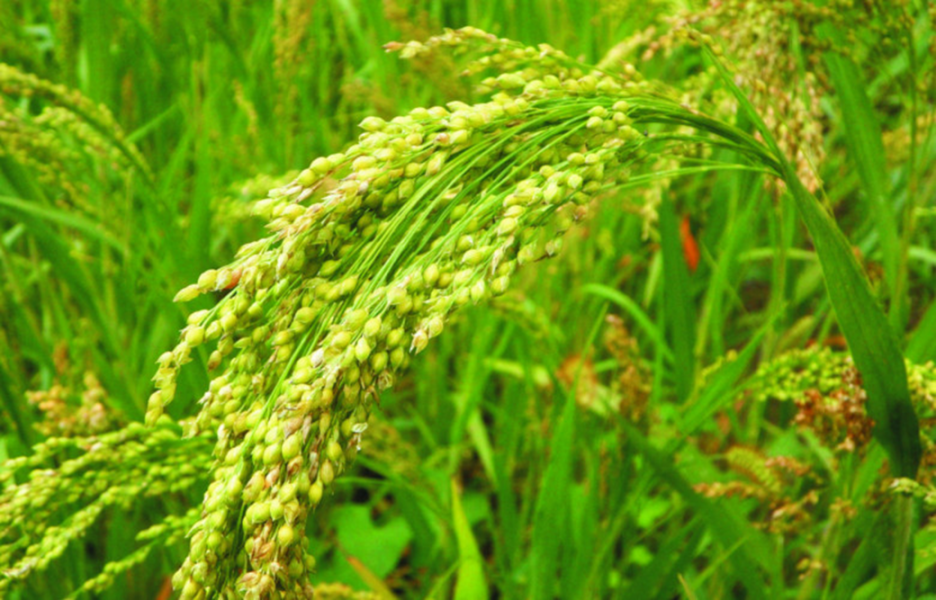Article published in the Journal of Archaeological Science Volume 126, February 2021, 105292 It contains groundbreaking data on the beginnings of millet use in Central and Eastern Europe, which are currently dated to half of the second thousand years. before Chr.
Broomcorn millet is one of the most important plants species in pre-history. It was first domesticated in China and subsequently spread across Eurasia becoming a significant staple crop. For a long time, the arrival of millet into Europe was assumed to have taken place in the Neolithic. However, this has recently been challenged, with new direct radiocarbon measurements on reportedly Neolithic charred millet grains in fact dating to the Middle Bronze Age.
To aid in understanding the timing of millet's spread across East-Central Europe in the Bronze Age we present the results of over 120 new paired radiocarbon dates and stable isotope (δ13C and δ15N) measurements on human bone collagen from individuals across 33 archaeological sites in Poland and western Ukraine. In doing so we directly assess millet's role in the Bronze Age diets.
Our results show a clear increase in bone collagen δ13C values from the middle 15th century BC onwards. This increase is rapid across the whole study area, occurring almost simultaneously with respect to the precision of our radiocarbon dates. Pilot stable isotope data for contemporary animals suggests that they were not foddered with millet and hence it was probably eaten directly by humans. Interestingly, individuals consuming millet appear to be exclusive to geographically upland regions compared to lowland ones. However, not all individuals from upland zone have δ13C values consistent with millet consumption. Based on the stable isotope evidence for upland millet consumption and the well documented evidence for connections between these people and those in the northern Carpathian Basin at this time, we posit that it is through this route, across the Carpathians, that millet was introduced into the region. An increase of its economic importance in Lesser Poland was plausibly caused by a significant growth in human populations.




